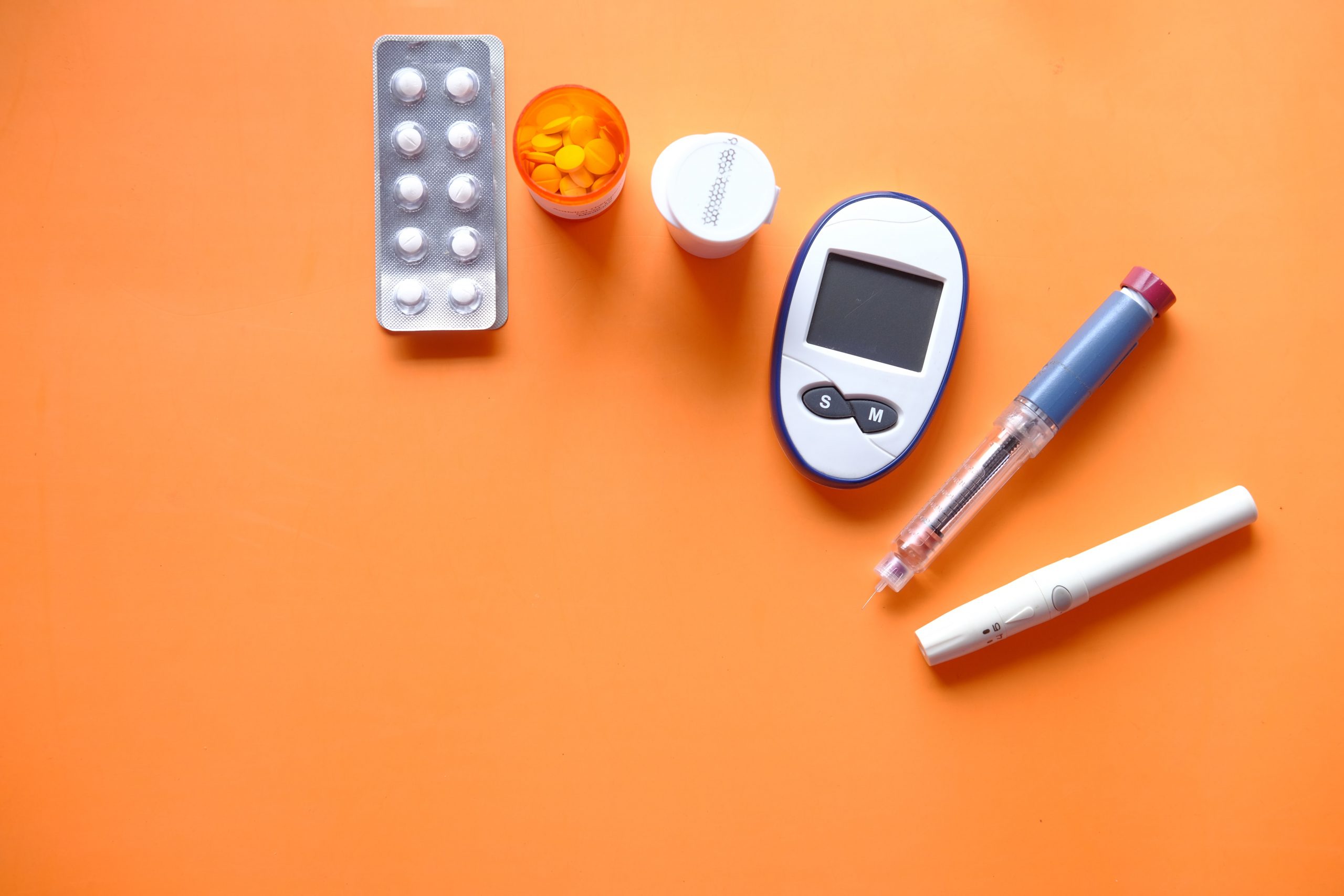
Providing virtual care for diabetic retinopathy patients
Can new techniques get sufferers from diabetic retinopathy(DR) in the front of experts? The screening fee for DR stays regular at much less than 50 percentage amongst diabetic sufferers in element because of cost, loss of get admission to to eye care carriers and negative compliance.
“The modern-day clinical paradigm of referring sufferers into ‘eye care issuer networks’ is insufficient for population-primarily based totally control of diabetic eye disorder,” stated Edward Chaum, M.D.
We keep to have negative visible consequences due to the fact 1/2 of the sufferers with diabetes do now no longer acquire their encouraged annual eye examinations.
Chaum and different Vanderbilt experts are running on numerous initiatives to make bigger telemedicine to display diabetic sufferers for diabetic retinopathy withinside the number one care setting. Chaum is a co-developer of a telemedical community and DR screening era this is now a part of the RetinaVue® Care Delivery Model. DR screening in number one care practices and underserved groups in all 50 states and rural Australia.
The affected person with DR is then noted a retina specialist. The largest project with telemedical DR screening, Chaum explained, is that many sufferers screened at PCPs do now no longer observe up at the referrals.
Data are restricted concerning the scientific consequences of observe-up remedy due to the fact sufferers are referred for care outdoor of the PCP community. One of the troubles with telemedical screening for DR is that it’s been an open loop. Primary care practices do not get any remarks. Primary care practices do not get any remarks after the affected person is despatched to a retina specialist. In a look at to be posted later this year, Chaum and co-workers tracked 112 sufferers identified with DR the usage of telemedicine and requiring remedy via way of means of a retina specialist.
At years, 15 percentage of sufferers nonetheless had now no longer observed up at the referral. “We’ll have those sufferers in our EHR gadget so we will manipulate them thru the energetic section in their disorder and show progressed visible consequences,” he stated.
Current projections estimate that diabetes mellitus will afflict over 439 million people global with the aid of using 2030. Ocular telemedicine applications with loads of technical improvements and identity of recent predictive biomarkers may also preserve the ability to cope with this need.
Current degrees of care From 2009 to 2034, the variety of human beings withinside the United States with DM will growth from 23.7 million to 44.1 million, with an related growth in DM-associated fitness expenditures (from $forty five billion to $171 billion).three The projected growth withinside the populace with DM is even extra mentioned from a worldwide perspective.
Conceived, designed, validated, and deployed thru the Beetham Eye Institute (BEI) of the Joslin Diabetes Center, the JVN follows strict protocols for obtaining pertinent affected person history, obtaining retinal images, grading degree of DR, and reporting findings and remedy steering plans to sufferers and their fitness care providers.
A overall of 136 of 525 of JVN sufferers (25.9%) had nondiabetic ocular abnormalities requiring referral. A potential examine of fifty two sufferers documented as having no or moderate NPDR (ETDRS degree ≤35) and no diabetic macular edema (DME) at dilated retinal exam eleven or extra months in advance in comparison degree of DR decided from JVN images, medical exam, and ETDRS photographs.
A software essentially wishes to lessen the general public fitness burden of retinal exam with the aid of using supplying evidence-primarily based totally care suggestions to sufferers at low threat for imaginative and prescient loss and figuring out sufferers who require in addition ophthalmic intervention with out putting an undue burden on gift eye care structures.
Computer-aided Detection
Digital generation may be used now no longer handiest for far off retinal viewing however additionally for laptop reputation of sickness symptoms and symptoms and severity. CAD machine improvement, trying out and validation is time ingesting and expensive. Artificial intelligence employs inductive device mastering to extract guidelines and styles out of data. Prototype CAD structures must additionally be struggle examined withinside the area due to the fact computer systems that paintings properly below lab situations might not characteristic as anticipated in medical environments. There will in all likelihood be extra than technical obstacles in bringing diabetic retinopathy CAD to life. The high-tech enterprise is referred to as an highbrow assets minefield. Working inside regulatory frameworks may be some other issue.
The destiny guarantees to be each interesting and tumultuous. The evolution of virtual diabetic retinopathy generation may also observe the equal direction traveled with the aid of using different technological developments. The studies firm, Gartner Group, describes the technique of recent generation improvement as a five-segment visibility curve or “hype cycle” that rises and falls over time. Technological troubles are solved, in large part off the general public’s radar screen. Eventually, the brand new generation starts off evolved taking up as the brand new convention.
Long-distance Diagnoses
Chaum is a co-developer of a telemedical community and DR screening generation this is now a part of the RetinaVue® Care Delivery Model. RetinaVue® offers DR screening in number one care practices (PCPs) and underserved groups in all 50 states and rural Australia. Low-price RetinaVue® cameras are allotted to PCPs to behavior the DR screening. The affected person with DR is then noted a retina specialist. “There are big counties withinside the U.S. which have only a few physicians and nearly no specialists,” Chaum said. This offers for real-time, professional analysis and control of diabetic retinopathy withinside the neighborhood network – anyplace that network is located.
Closing the Gap in Diabetic retinopathy Referrals
The largest project with telemedical DR screening, Chaum explained, is that many sufferers screened at PCPs do now no longer observe up at the referrals. Primary care practices do not get any comments. One of the issues with telemedical screening for DR is that it’s been an open loop,” he said. Primary care practices do not get any comments after the affected person is despatched to a retina specialist. ”In a have a look at to be posted later this year, Chaum and co-workers tracked 112 sufferers identified with DR the usage of telemedicine and requiring remedy with the aid of using a retina specialist. Fifty percentage noticed a expert inside six months; after one year, best seventy five percentage had visible a expert. At years, 15 percentage of sufferers nevertheless had now no longer accompanied up at the referral.
Improving Diabetic retinopathy Outcomes
Locally, the Vanderbilt Eye Institute is operating to reinforce DR observe up and results monitoring via an incorporated referral community. The community consists of Vanderbilt person number one care and endocrinology practices, the Vanderbilt Health Affiliated Network, and the Metropolitan Nashville Public School device’s fitness plan. Chaum provides that the COVID-19 pandemic has escalated telemedicine use in ophthalmology. In addition to diagnosis, Vanderbilt ophthalmologists at the moment are the usage of telemedical equipment for easy triage, habitual post-op care, and plastics and strabismus observe-up.














